Are you thinking of adding an antique plow to your vintage collection? No doubt, it’s the perfect piece of vintage farm equipment to have in your home, but as a beginner, you have a lot of information to absorb. Hunting for the ideal plow for yourself requires the ability to distinguish between reproductions and actual antiques.
That is why we’ll be walking you through all the factors you need to consider before making up your mind. Make sure you read this guide to the end to get the best out of your hunt!
Table of Contents
The History of Antique Plow
The ruins of previous civilizations have no hard evidence of the exact origin of the plow. However, according to Cambridge, it is believed that it came into existence about 4000 years ago in ancient Sumar and Egypt. This life-changing invention quietly settled itself in the agriculture of these civilizations.
A more refined form of the plow was introduced through the work of several different people who contributed to making it more effective. The first name we get regarding the work related to the invention of the plow is Thomas Jefferson. He created an elaborate design for a moldboard.

The first practical iron-cast plow was invented in 1797, whereas the first cast-steel plow was in 1837. If you are a fan of antique plows, you may have heard of John Deere!
A John Deere plow is the most well-known of these vintage tools made of cast steel.
How to Identify An Antique Plow
Plows have been an essential part of farming and agriculture forever. They were an essential invention that resulted in a very substantial boost in human evolution. Antique plows are wanted by farm equipment collectors and antique lovers around the world. They’re very popularly recreated and copied as well.
To protect yourself from getting a copy for the price of an antique plow, we need to assort them into types and unique characteristics related to the make and model of the plow.
Here are the ways to help you identify authentic antiquities from contrabands.
Types Of Antique Plows
To identify antique plows, you have to assort them into categories first. In this case, we’ll categorize them into their specific types. There are various plows in existence that are modernly used for farming exercises. Still, antique plows were usually used for very shallow to shallow plowing.
To identify an antique plow, you have to determine if it’s a walking plow, horse or ox-drawn one. Walking plows such as the Gloucestershire Long Plough are identified by their make. These kinds of plows are usually made of iron and wood and have been used throughout history.
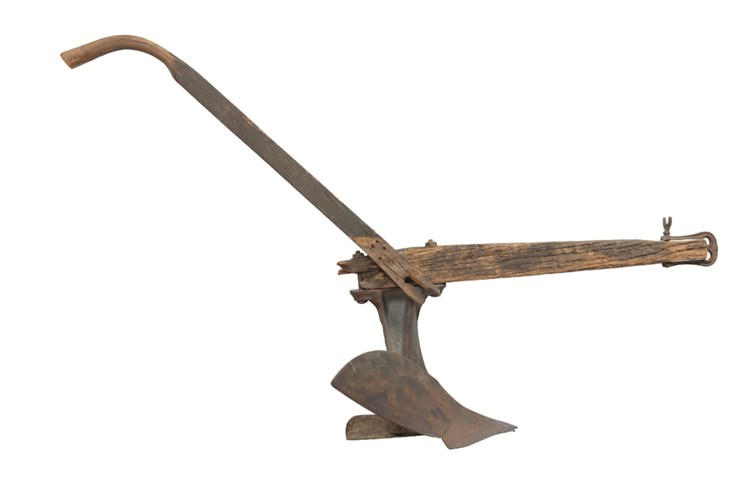
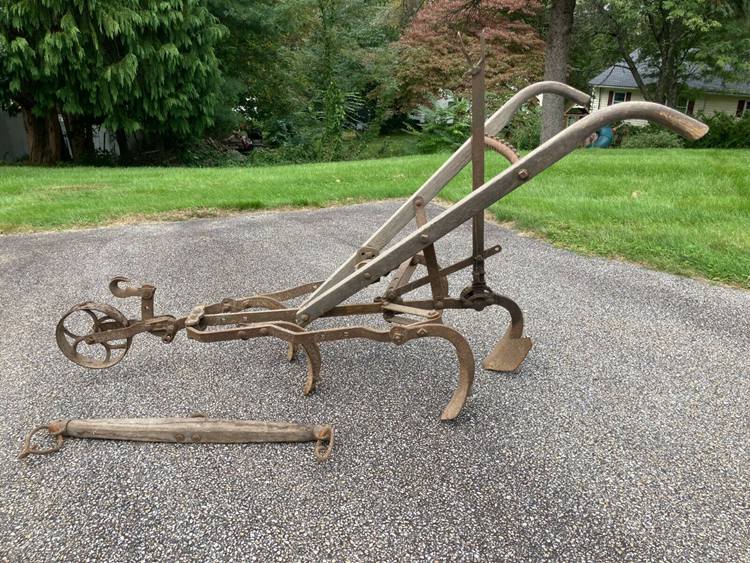
Cattle-drawn plows are primarily wooden and have iron parts fused with them. There have also been stone plows excavated in Neolithic sites in China, which are extremely rare.
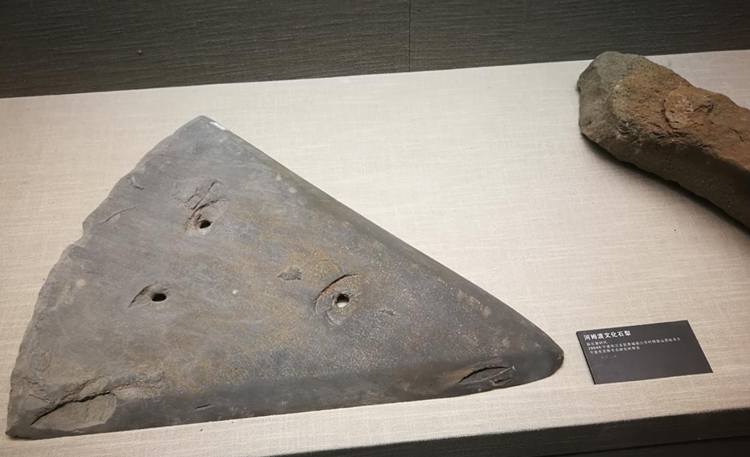
Manufacturer’s Mark
One of the significant identifications on the body of an antique plow is the signature or a mark of the manufacturer. Machinery from the 19th century, such as early John Deere, have little inscriptions about their exact model on the body of the plow.
Another identification can be a unique identity that such a model might have.
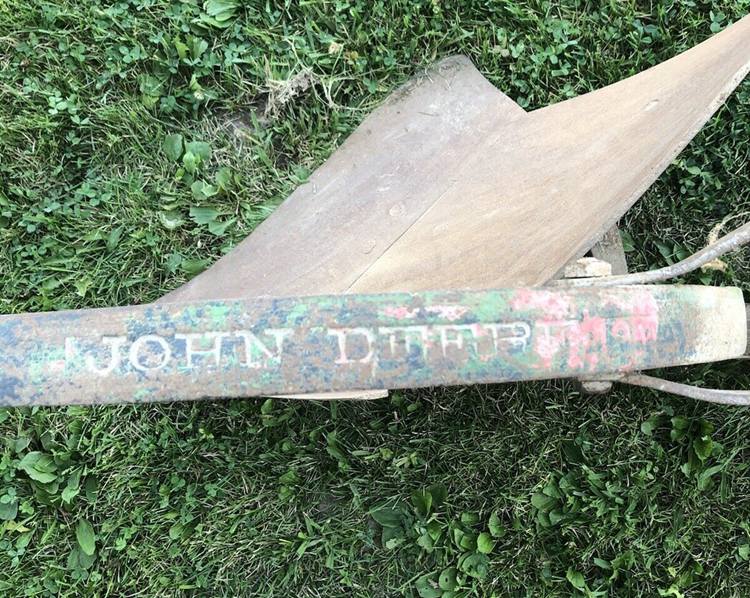
John Deere plows, antique or not, are usually painted green and yellow.
Specific models such as the Bundy’s Plow have unique characteristics related to them. For example, Bundy’s case has a double-sided fence with a closed tote on both ends.
Some of these plows also have the date written on their bodywork by the blacksmiths.
Reference
Specific antique plows are very well-versed in the history books of farming organizations as well as bodies. There is a database on “The Museum of English Rural Life“. Several types of plows are identified and have references according to famous ones in history.
If you have a specific antique plow that you need to identify the make or model of, you can just go online to check out that database and find out what type of plow you own!
You can also watch the video below for some extra clarification.
Antique Plow Values
The value of an antique plow depends on the following features:
Condition
Anything antique obviously has its price based on its condition. If it has scratches, marks, any other sort of damage, it’ll go down in value.
Historical Ties
If the plow was previously owned by someone notable, its value would increase. Usually, plows can get valued anywhere between $100 – $700. Still, there was a time when a plow was sold for $10000 only because its previous owner was well known.
Look
People are generally drawn to antique plows for their aesthetic. They look out of place among the other wooden furniture in their homes, so they are bought for their uniqueness. A fancier built plow will attract more attention than a common-looking one.
Material
The material a plow is made of also impacts the price. Usually, cast-steel plows are more expensive than cast iron ones.
Restoration
Restorations can either be a hit or miss. If a plow is too damaged to stand on its own, it will need to be restored. However, if parts of the plow have been altered, it’ll lose its original value.
The general rule is that minor damages should always be left alone because repairing a piece can occasionally destroy the item.
At times, plows require handle replacements when they are too old to stay in place. Similarly, they need new wheels when the previous ones are damaged beyond restoration. When this happens, plows lose their originality.
Manufacturer
It matters who manufactures the plow. If a well-known manufacturer or company makes it, the plow will be significantly expensive. As an example, you can see how John Deere’s plows are famous and reliable. His contribution to changing the agricultural world made him a trustworthy source for original vintage plows.
How Can You Get Your Plow Valued?
Before you turn to anyone else, you should try contacting some antique auctions. They have professionals there who can test and value your plows for you. You might even get the valuation for free because they’ll probably hope that you sell your items through them. You can take pictures of your antique plow and send them to the auction sites to get it valued.
You can also look for antique dealers who will also want to sell your tool off for profit. So, make sure you are contacting a reputable dealer to stay on the safe side.
Where To Buy An Antique Plow?
Old Vintage Primitive Metal Walk Behind Garden Topsoil Cultivator Plow Tool
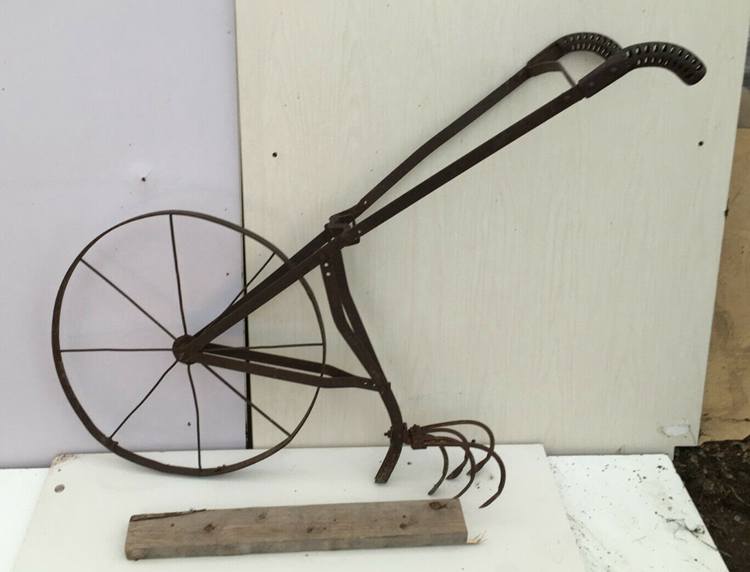
This old primitive metal plow tool is from the late 1800s to the early 1900s. This vintage piece of equipment has two fancy handles for you to hold. It can be used as a piece of décor for both indoor and outdoor spaces. It will even look great on your driveway.
This manual plow drags through the dirt to cultivate the soil for planting seeds. The diameter of the wheel is 24″, and the whole plow tool is 48″ x16″ x33″.
Antique Garden Plow
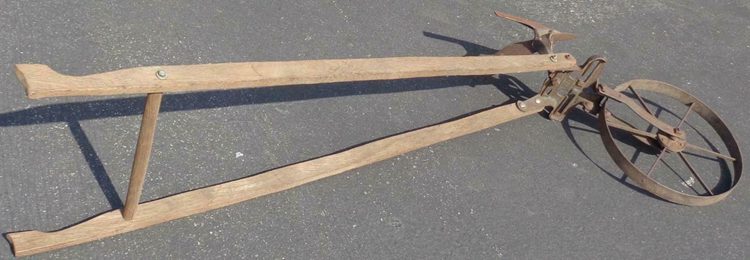
The origins of this garden plow are unclear. Its handles are made from wood and worn out from extensive use. The steel blade and wheel are both rusted, but the rust is not yet damaging the metal. The plow is in reasonably good condition, and its handles can move around easily.
The plow is 3′ long, considering that we measure from the handles to the wheel. The distance between the handles is 16″.
Old Rare Vintage Plow From Western Ukraine
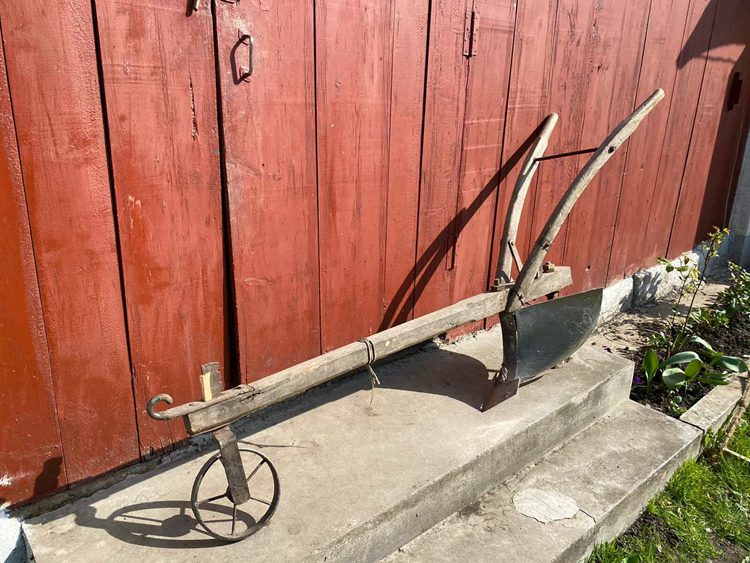
This plow from Western Ukraine is a vintage original made of metal during the 1950s.
Original Antique John Deere Plow
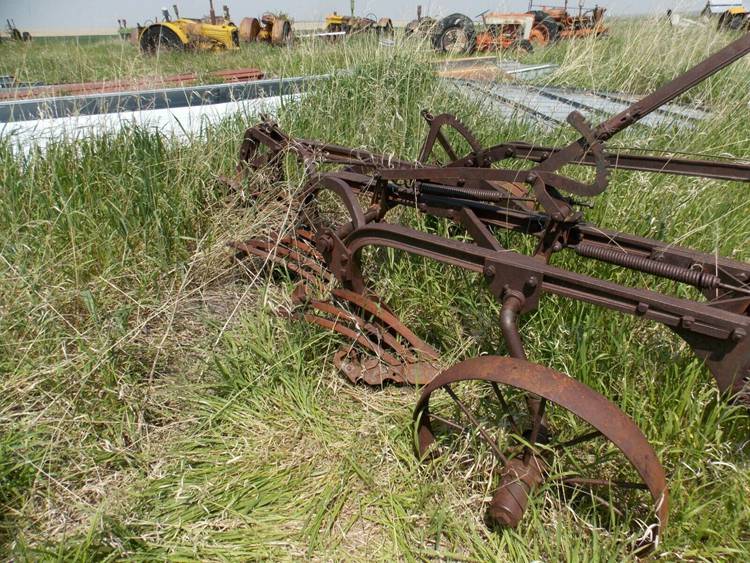
This original antique John Deere plow is in near perfect condition. It works well and comes at a reasonable price.
Final Words
To wrap this up, you need to understand the antique item you are interested in. You should know:
- Its history
- It’s identification by
- the manufacturer’s mark
- Reference
- Its value by
- Condition
- Historical Ties
- Look
- Material
- Restoration
Buying it from the right place is also essential to make the most use of your antique plow.
Remember to keep these points in mind when you are trying to tell reproductions from the vintage originals. We hope this article helped you out. Comment below if you have a question!
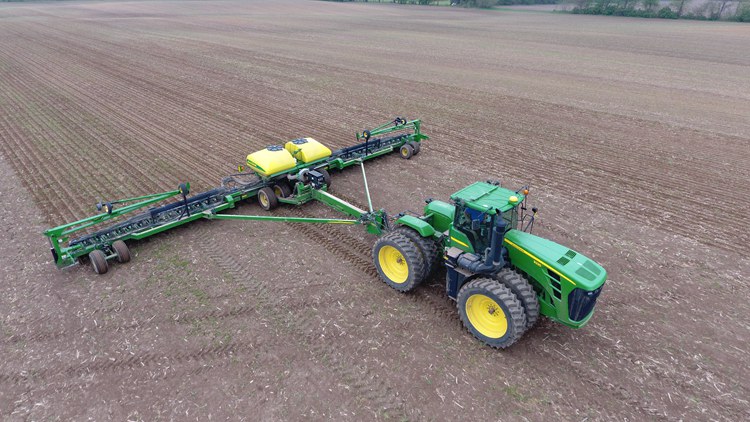






![Vintage Schwinn Bikes: [Types, Identification, and Values]](https://www.txantiquemall.com/wp-content/uploads/2022/05/5.-Schwinn-1967-Ramshorn-Fastback-Stingray-Sky-Blue-vtg-600x450.jpg)
